Leeks – all you need to know and then some
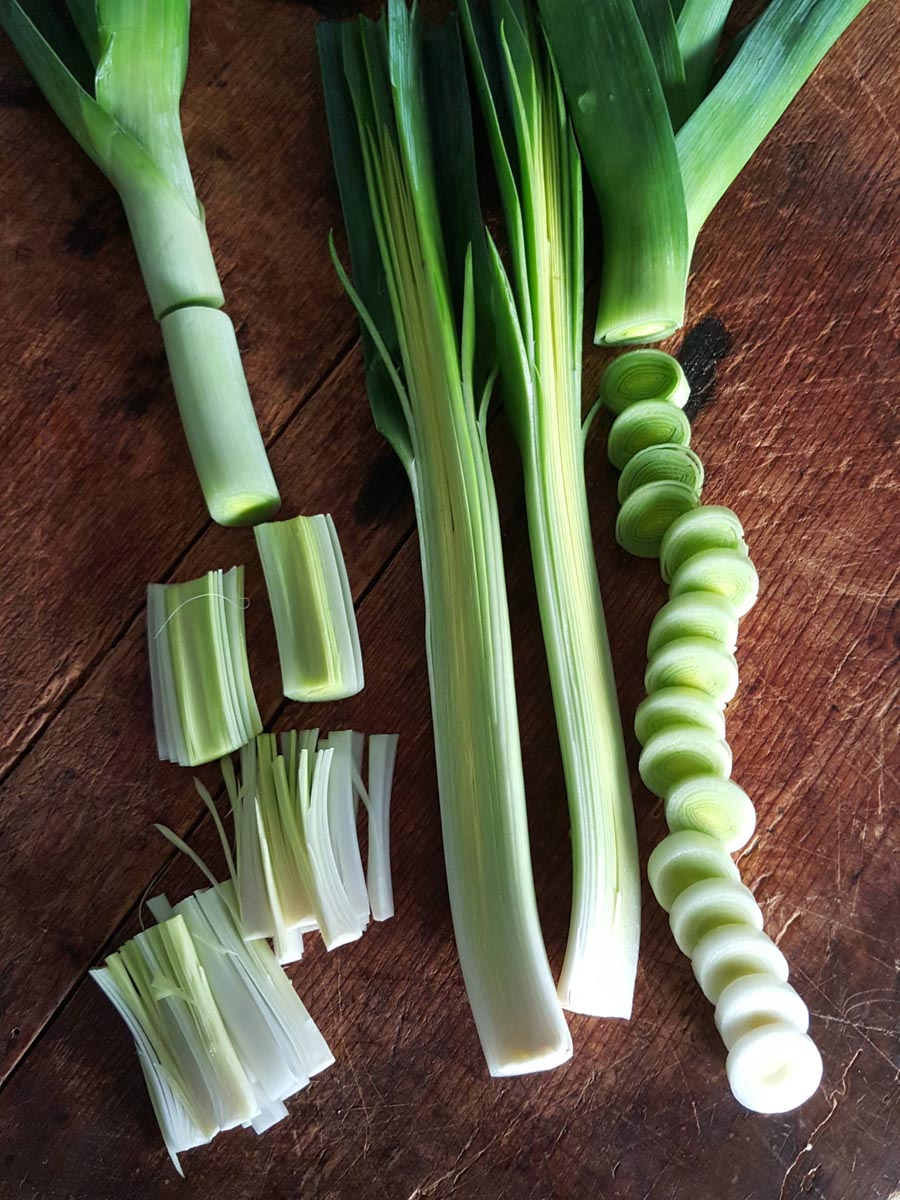
Most of us have heard of cock-a-leekie (a Scottish soupy stew made with chicken and leeks) but hat-a-leekie is something else. Why anyone would want to wear a leek in their hat is beyond me.

Most of us have heard of cock-a-leekie (a Scottish soupy stew made with chicken and leeks) but hat-a-leekie is something else. Why anyone would want to wear a leek in their hat is beyond me.
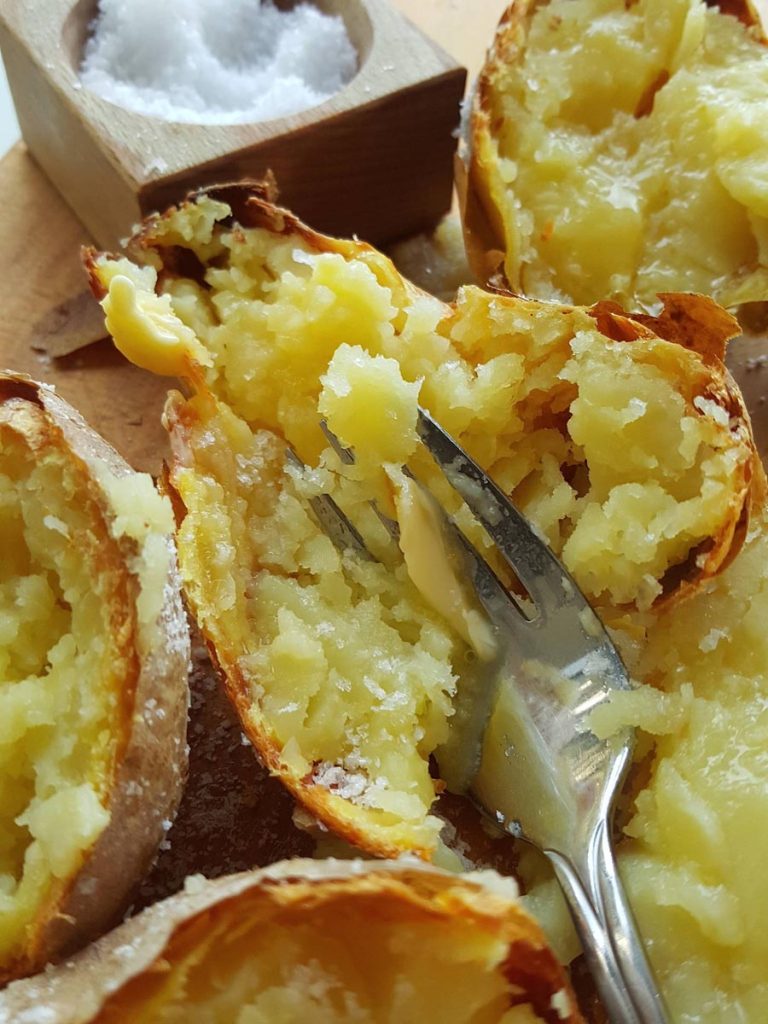
Everything you need to know to find potato Heaven. Get ’em on!
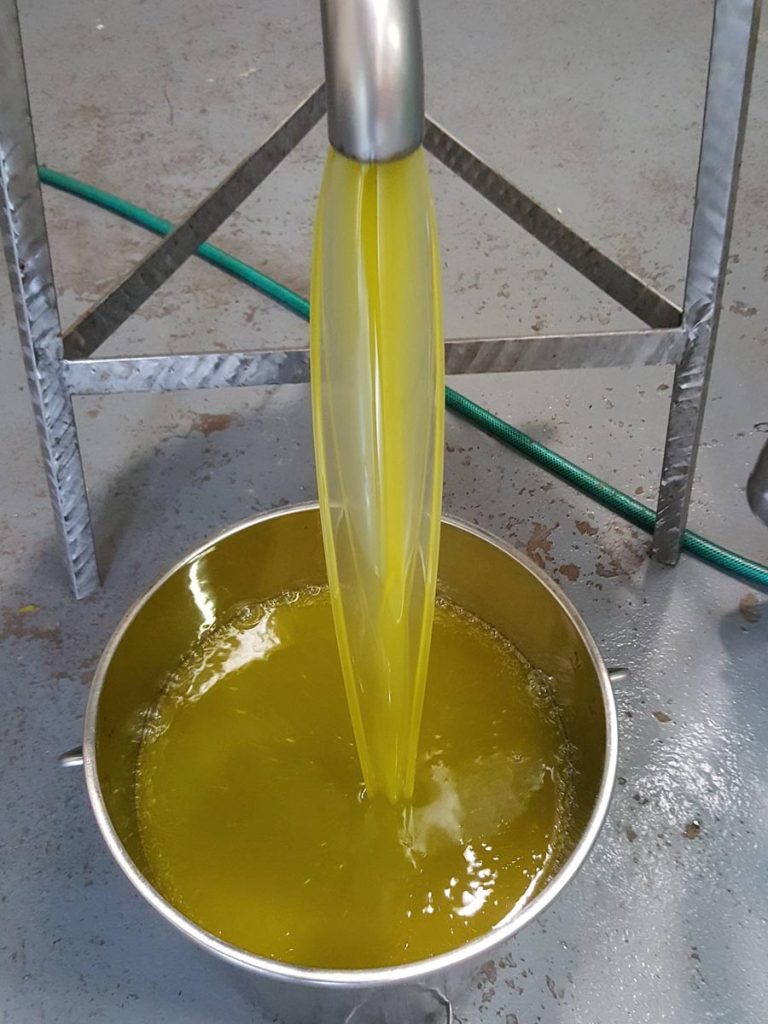
Truffle oil? You can have it but I wish you wouldn’t.
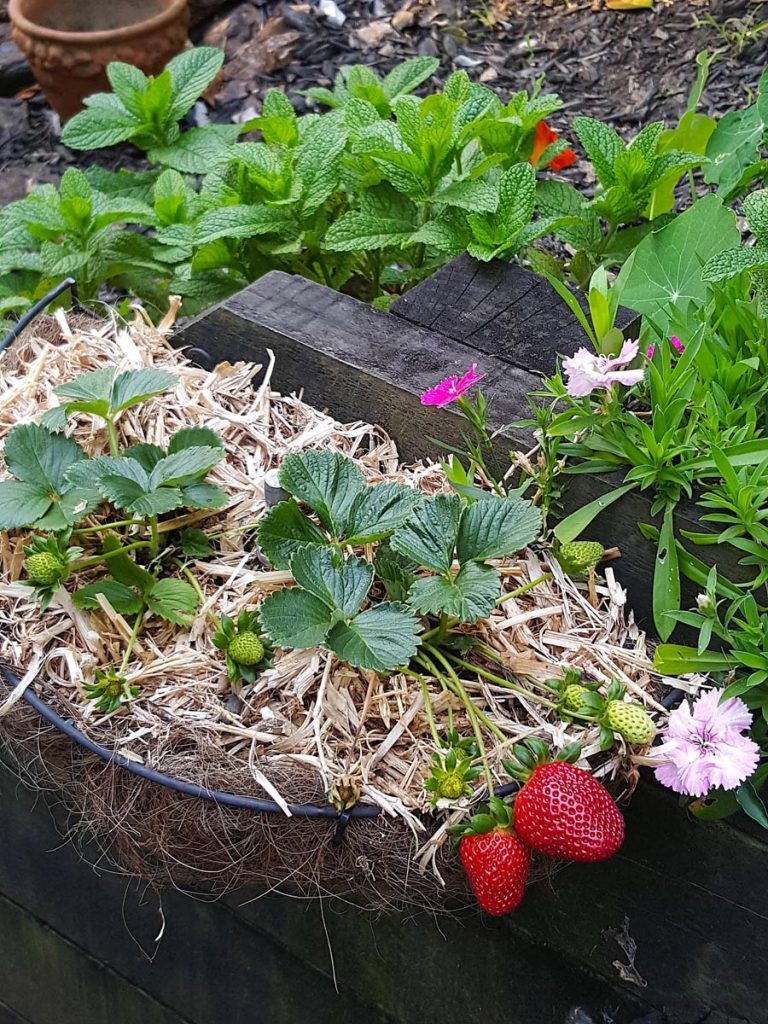
Strawberries are seductive little things …
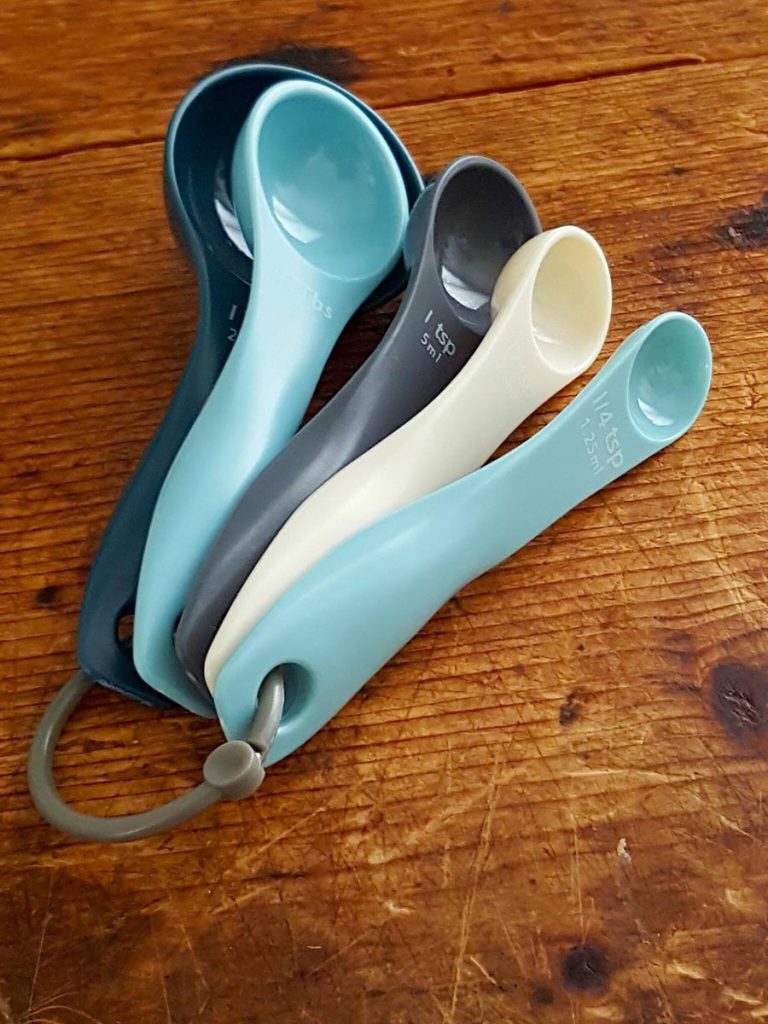
Are all measuring spoons created equal? Does it matter?
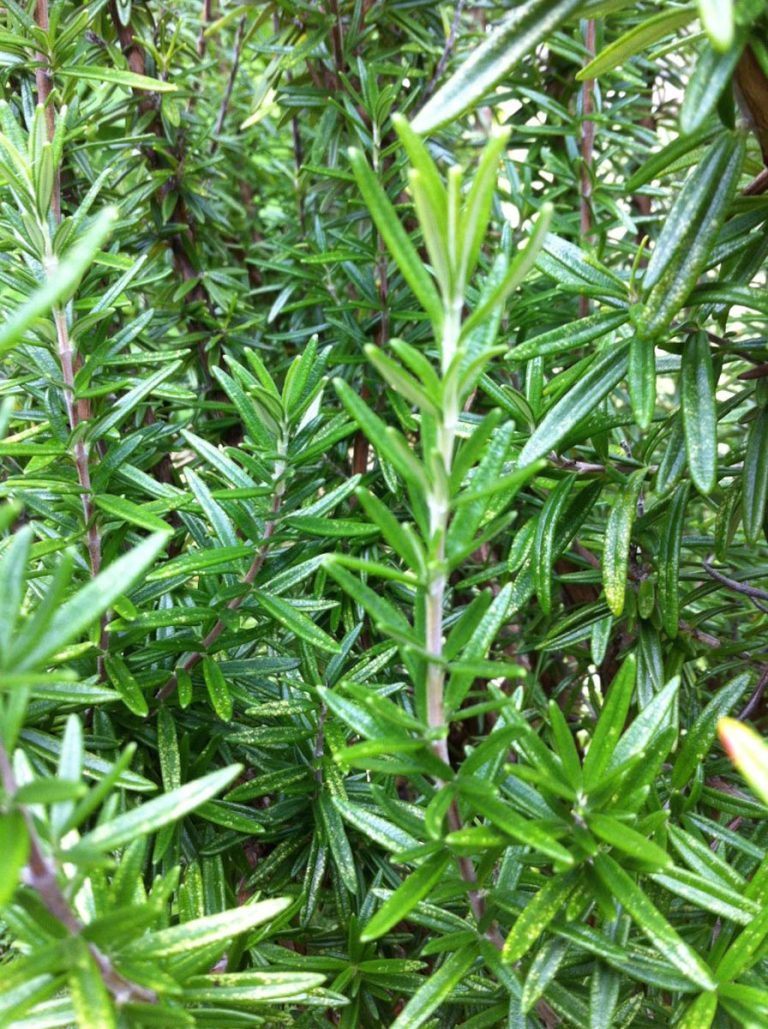
Is rosemary easy to grow? So they say. Mmm. I’ve ended up with more dried arrangements than I care to remember.
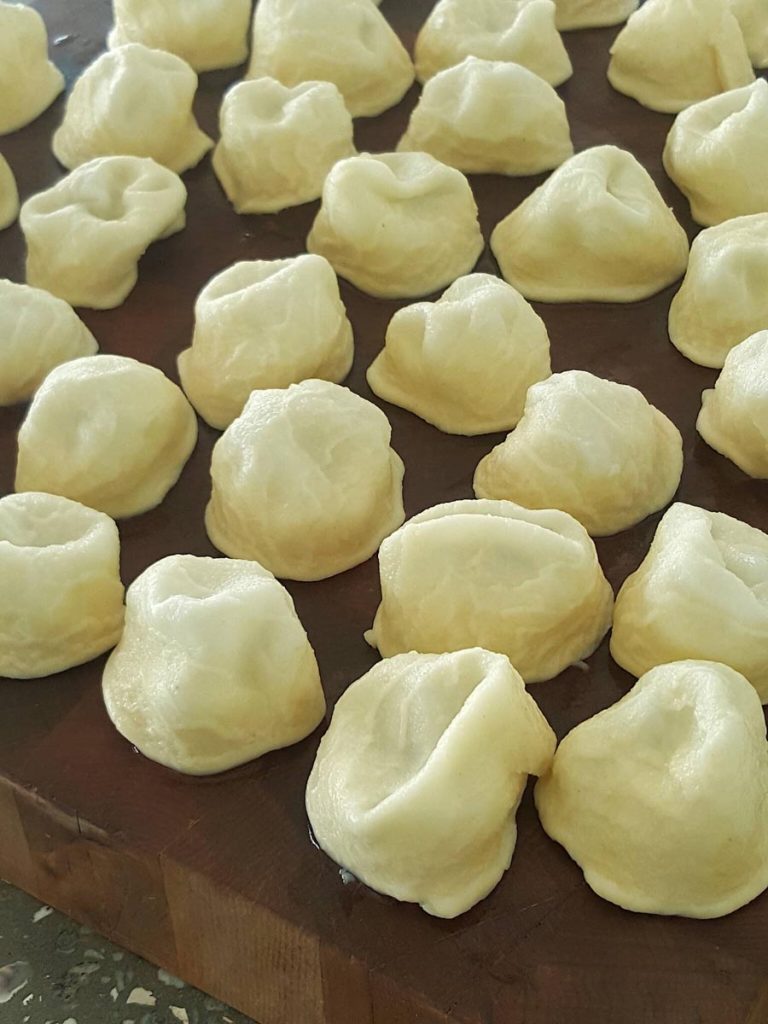
Italian cooking classes on Waiheke. Don’t miss out!
No products in the basket.
Welcome to the new Shared Kitchen experience! If you encounter any issues, please let us know. Dismiss